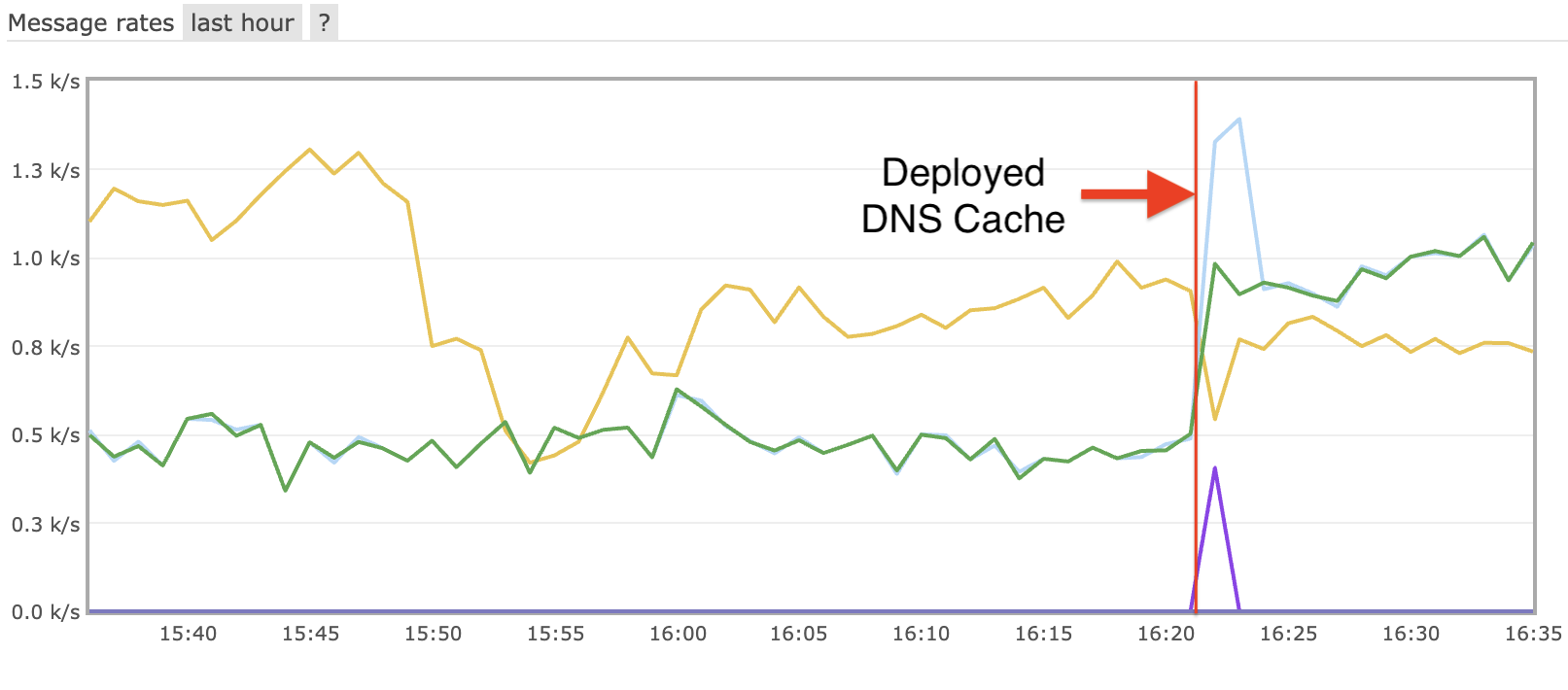XRootD Client Manager
The validation project for XRootD Monitoring is moving to phase 2, scale testing. Phase 1 focused on correctness of single server monitoring. The report is available.
We are still forming the testing plan for the scale test of XRootD, but a component of the testing will be multiple clients downloading from multiple servers. In addition, we must record exactly how much data each client reads from each server in order to validate the monitoring with the client’s real behavior.
This level of testing will require detailed coordination and recording of client actions. I am not aware of a testing framework that can coordinate and record accesses of multiple clients and servers, therefore I spent the weekend developing a simple framework for coordinating these tests.
Some requirements for the application are:
- Easy to use interface
- Easy to add clients and servers
- Authenticated access for clients, servers, and interface
- Storage of tests and results
I chose Heroku for prototyping this application.
Interface
The web interface is available at https://xrootd-client-manager.herokuapp.com/. I chose to host it on heroku as it is my go to for pet projects. I will likely move this over to OSG’s production kubernetes installation soon. The entire application is only the web interface and a back-end Redis data store.

The web interface shows the connected clients and servers. The web interface also connects to the web server with an persistent connection to update the list of connected clients.
Client Communication
Client communcation is handled through a Socket.IO connection. Socket.IO is a library that will at create a bi-directional event based communcation between the client and the server. The communcation is over websockets if possible, but will fall back to HTTP long polling. A good discussion of long polling vs. websockets is available from Ably. The Socket.IO connection is established between each worker, server, and web client and the web server.
The difficult part is authenticating the Socket.IO connections. We discuss this in the security session.
Security
Securing the commands and web interface is required since the web interface is sending commands to the connected worker nodes and servers.
Socket.IO Connections
The Socket.IO connection is secured with a shared key. The communication flow for a non-web client (worker/server):
- A JWT is created from the secret key. The secret key is communicated through a separate secure channel. In most cases, it will be through the command line arguments of the client. The JWT has a limited lifetime and a scope.
- The client registers with the web server, with an Authentication bearer token
in the headers. The registration includes details about the client. It
returns a special (secret)
client_idthat will be used to authenticate the Socket.IO connection. The registration is valid for 30 seconds before theclient_idis no longer valid. - The client creates a Socket.IO connection with the
client_idin the request arguments.
Web Interface
The web interface is secured with an OAuth login from GitHub. There is a whitelist of allowed GitHub users that can access the interface.
The flow for web clients connecting with Socket.IO is much easier since they are already authenticated with OAuth from GitHub.
- The user authenticates with GitHub
- The Socket.IO connection includes cookies such as the session, which is a signed by a secret key on the server. The session’s github key is compared to the whitelist of allowed users.
Storage of tests and results
Storage of the tests and results are still being designed. Most likely, the tests and results will be stored in a database such as Postgres.
Conclusions
Heroku provides a great playing ground to prototype these web applications. I hope that I can find an alternative eventually that will run on OSG’s production kubernetes installation.
The web application is still be developed, and there is much to be done before it can be fully utilized for the scale validation. But, many of the difficult components are completed, including the communcation and eventing, secure web interface, and clients.
The GitHub repos are available at:



Leave a comment